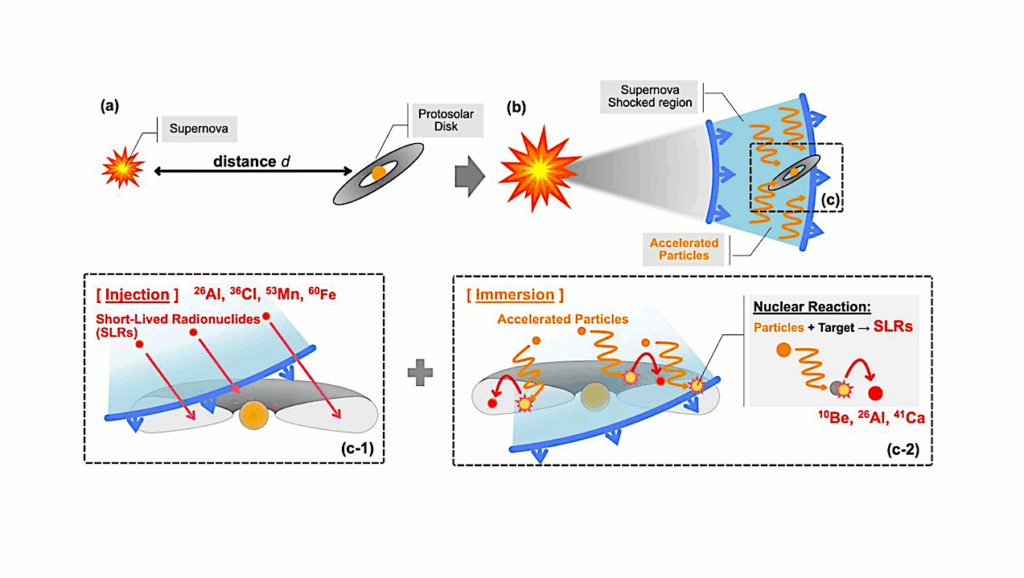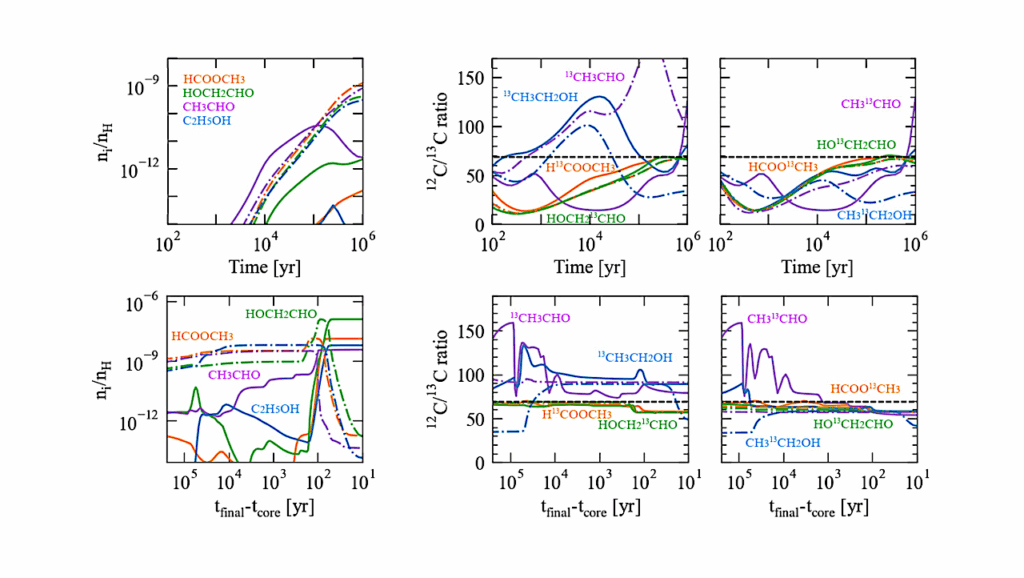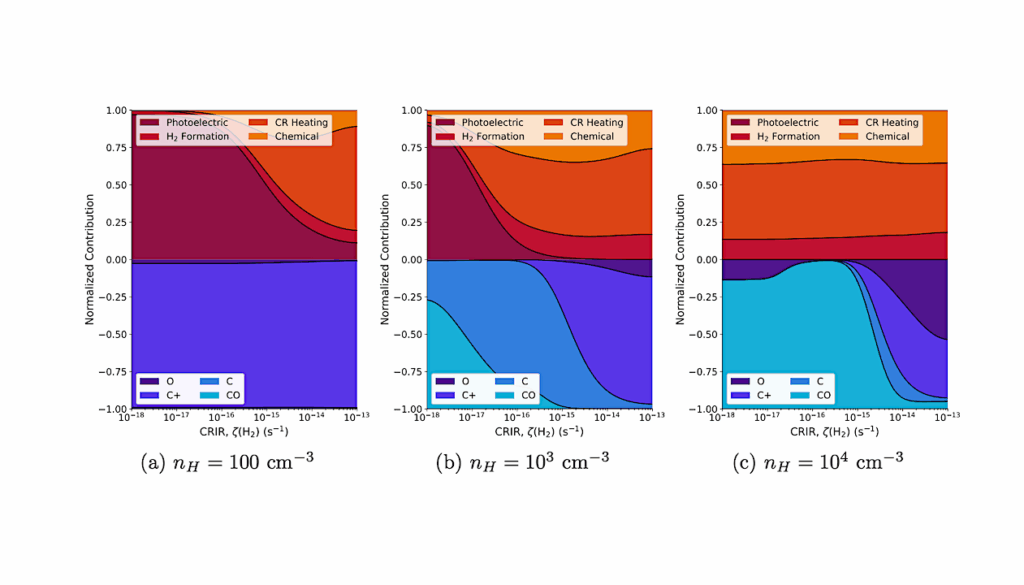Exoplanet Volatile Carbon Content as a Natural Pathway for Haze Formation

We explore terrestrial planet formation with a focus on the supply of solid-state organics as the main source of volatile carbon.
For the water-poor Earth, the water ice line, or ice sublimation front, within the planet-forming disk has long been a key focal point. We posit that the soot line, the location where solid-state organics are irreversibly destroyed, is also a key location within the disk.
The soot line is closer to the host star than the water snowline and overlaps with the location of the majority of detected exoplanets. In this work, we explore the ultimate atmospheric composition of a body that receives a major portion of its materials from the zone between the soot line and water ice line. We model a silicate-rich world with 0.1% and 1% carbon by mass with variable water content.
We show that as a result of geochemical equilibrium, the mantle of these planets would be rich in reduced carbon but have relatively low water (hydrogen) content. Outgassing would naturally yield the ingredients for haze production when exposed to stellar UV photons in the upper atmosphere.
Obscuring atmospheric hazes appear common in the exoplanetary inventory based on the presence of often featureless transmission spectra (Kreidberg et al. 2014, Knutson et al. 2014, Libby-Roberts et al. 2020). Such hazes may be powered by the high volatile content of the underlying silicate-dominated mantle. Although this type of planet has no solar system counterpart, it should be common in the galaxy with potential impact on habitability.
E.A. Bergin, E. Kempton, M. Hirschmann, S.T. Bastelberger, D.J. Teal, G.A. Blake, F. Ciesla, J. Li
Comments: 15 pages, 6 figures, accepted by Astrophysical Journal Letters. ApJL version has 5 figures. We include an extra figure (Figure 6) in this submission which is an artist rendering of a young disk including the soot and water ice lines. Image Credit for Fig. 6: Ari Gea/SayoStudio
Subjects: Earth and Planetary Astrophysics (astro-ph.EP)
Cite as: arXiv:2305.05056 [astro-ph.EP] (or arXiv:2305.05056v1 [astro-ph.EP] for this version)
https://doi.org/10.48550/arXiv.2305.05056
Focus to learn more
Submission history
From: Edwin A. Bergin
[v1] Mon, 8 May 2023 21:27:46 UTC (4,527 KB)
https://arxiv.org/abs/2305.05056
Astrobiology, Astrochemistry








